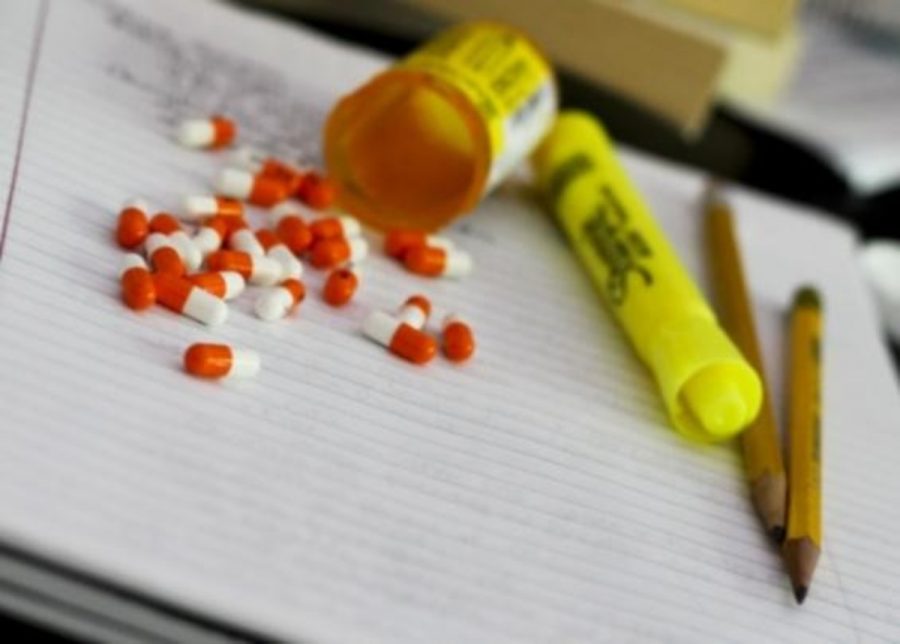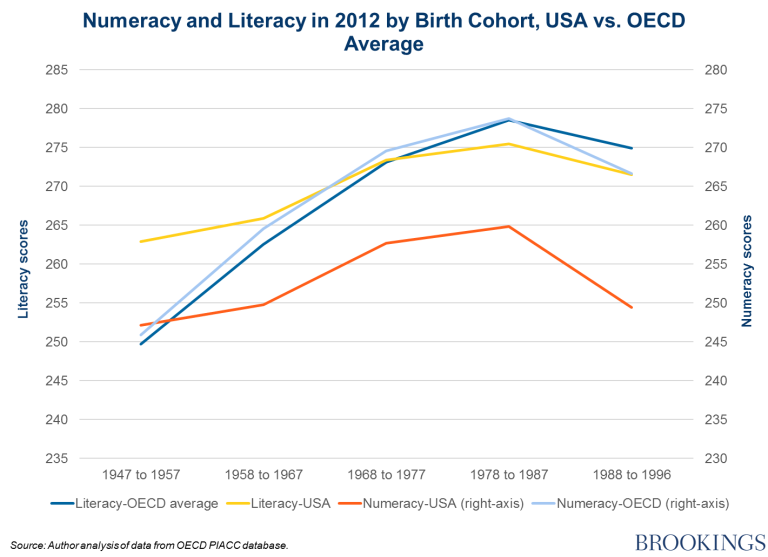By Kendall Smith ’16, Lighter Fare Columnist
The abuse of nonmedical stimulants by college students has risen over the past decade. Stimulants are drugs often used to treat ADHD. Attention deficit hyperactivity disorder (ADHD) is a condition in which variations in the genetic structure of the D1 Dopamine and alpha2A-adrenoceptors receptors cause a decreased dopamine and norepinephrine transmission level.
Dopamine and norepinephrine are chemicals in the brain associated with motivation and reward recognition, as well as concentration. Stimulants increase the release of dopamine and norepinephrine and block the reuptake of such neurotransmitters. When stimulants are used in unaffected individuals, their dopamine and norepinephrine levels are increased to a higher than normal level.
In 2014, a study done by the Partnership for Drug-Free Kids revealed that about 1 in 5 college students reported having used nonmedical stimulants. Most students abused these drugs to improve school performance and stay awake.
Factors that increase a student’s likelihood of abusing stimulants include: lower GPA, lack of knowledge on the danger of stimulants, depression, continually missing class, being in a fraternity or sorority and attending a highly selective university. Students who held a part time job or were involved in many extracurricular activities were more likely to abuse stimulants in order to keep up with their busy lifestyle.
Many adolescents see the “benefits” to using stimulants, but very few understand the medical risks. From 2005 to 2010 the number of emergency room visits due to stimulant abuse tripled from 5,212 to 15,585. The dangers of taking nonmedical stimulants include abnormal heart rate and heart attacks, seizures, high body temperature, drug addiction and psychosis. Of the major news sources that report on this phenomenon, 95% of articles mentioned at least one possible benefit of using stimulants, but only 58% mentioned any risk.
Peers that have been prescribed stimulants by a physician play a part in the rise of abuse. One study showed that 1 in 4 young adults admits to exaggerating their symptoms to receive a larger dose of medication from their physician and 62% of college students reported being offered stimulants by a peer with ADHD.
In order to eliminate the abuse of stimulants, we need to work towards raising awareness on the negative impacts of these drugs as well as informing physicians on what to look out for when prescribing medication to adolescents.
______________________________________________________________________________
Sources:
http://www.ncbi.nlm.nih.gov/pmc/articles/PMC3489818/
http://www.drugfree.org/newsroom/adhd-survey-2014
http://www.ncbi.nlm.nih.gov/pmc/articles/PMC2951617/
http://medicineabuseproject.org/assets/documents/NPSFactSheet.pdf
Image Source :
http://www.uloop.com/news/view.php/144465/College-Students-Split-On-ADHD-Prescription-Stimulants-Abuse







